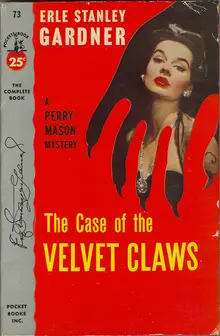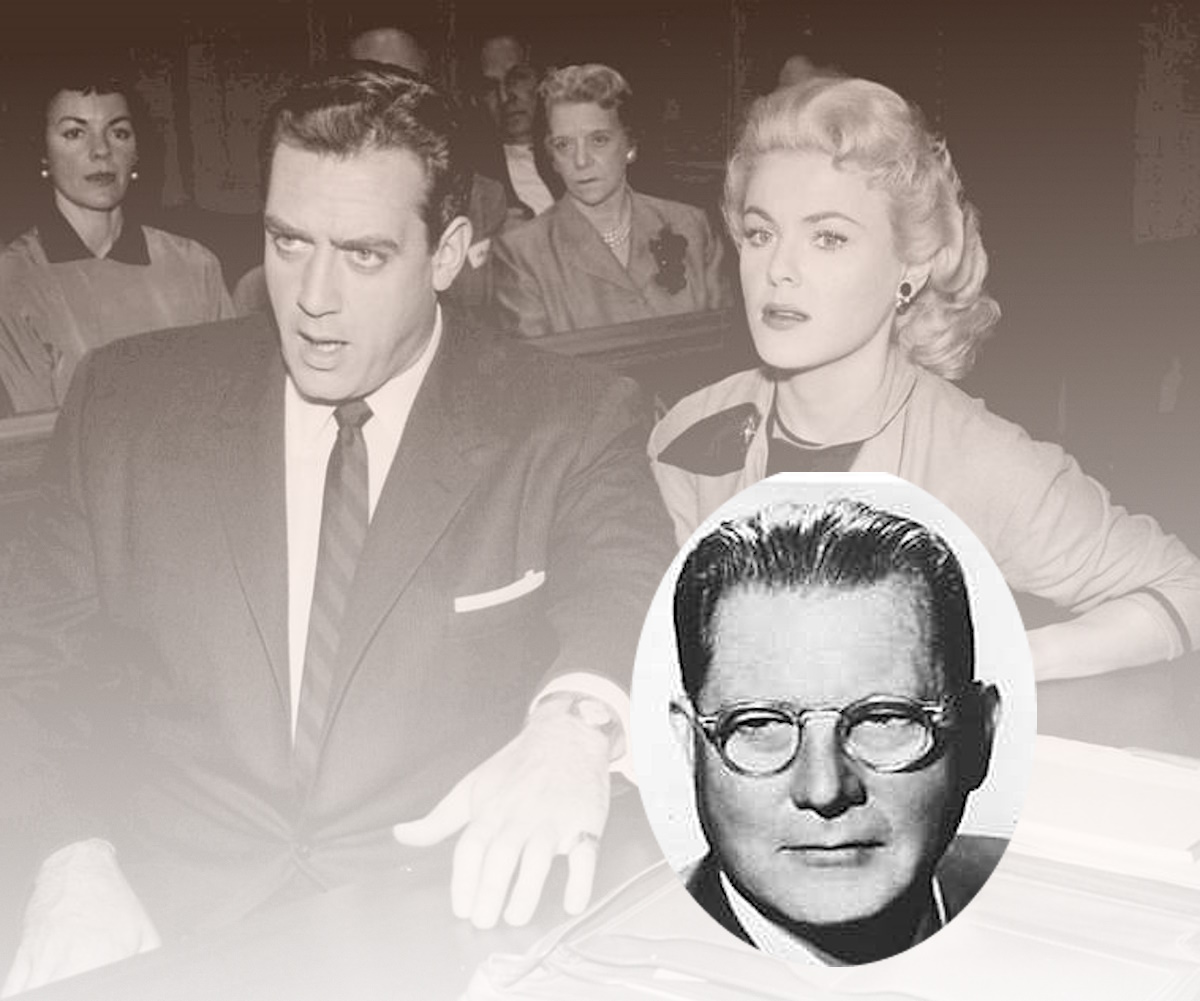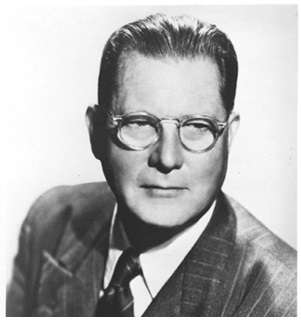Before Erle Stanley Gardner created the fictional lawyer Perry Mason, he lived the part of a pugnacious defense attorney. He represented the downtrodden and often-exploited Chinese and Mexican immigrants flooding into California in the early 1900s. And before that, he scrapped his way through a childhood spent in an Oregon mining camp. But it all started in 1889 in Malden, Mass.
By the time he passed away in 1970, Gardner had created what he called his ‘fiction factory’ that had turned out 80-plus Perry Mason novels (including several that hadn’t yet been published) and the character had been successfully adapted for film, radio and television.
Erle Stanley Gardner
Gardner’s work habits were legendary. Rising well before dawn, he would begin the day by dictating new novels for several hours. A staff of typists would transcribe the recordings and he would spend the remainder of the day revising and preparing his manuscripts to send to the publisher.
Despite the never ending appetite for the Mason stories, Gardner had to develop other serial characters to fill his time. Doug Selby, a fictional district attorney, was one recurring character and the detecting duo of Bertha Cool and Donald Lam made the core of another series that Gardner churned out under the pseudonym A.A. Fair.
At his peak, the New York Times estimated that Gardner novels were selling at a pace of 2,000 an hour, round the clock, 365 days a year.
Go West, Young Man
Yet writing was very much a second career for Gardner. His childhood in Massachusetts lasted just 10 years. His father, a mining engineer, moved the family to the West Coast and found work in Oregon. Gardner became a boxer as a young man, and got tossed from high school for fighting. But his father Charles wanted Gardner to become a lawyer.
Gardner put in a short stint at an Indiana law school. But had to flee back to the West Coast after a fistfight with a professor put him in hot water. By 1911, however, he had passed the California bar exam and was hustling for work. Most of his clients came from the Chinese and Mexican communities. Gardner made a good living showing up the police in and around Oxnard, Calif., when they tried to hang a loosely-investigated case on an unsuspecting immigrant.
 For two decades Gardner made a name for himself defending the underdog. All the while, his writing took more and more time. But he was hardly an overnight success as an author. His early effort, Nellie’s Naughty Nighty, was pure titillating pulp, written for one of the short-story magazines popular in that era.
For two decades Gardner made a name for himself defending the underdog. All the while, his writing took more and more time. But he was hardly an overnight success as an author. His early effort, Nellie’s Naughty Nighty, was pure titillating pulp, written for one of the short-story magazines popular in that era.
His mother, Gardner said, was disgusted and declined to read his work. Though Gardner loved the California desert more than any place, he was always fond of his Massachusetts childhood. He would recall for interviewers that his mother, Grace (Waugh) Gardner, had roots that went back to the Mayflower. And his own talent for writing first started developing as a youngster in New England.

Perry Mason (Raymond Burr) and Della Street (Barbara Hale) in “The Case of the Corresponding Corpse” (1958)
Finally, Perry
It would be 400-plus stories, novels, and articles later that the first Mason novel, The Case of the Velvet Claws, would be published in 1933 and launch Gardner’s enduring character.
The story, and the crusading attorney, were a smash. At this point, Gardner gave up his law practice, already a very small part of his work. He wanted to focus entirely on his writing. In 1935 he separated from his wife of more than 20 years (with whom he had a daughter). He admitted he wasn’t cut out for family life. For the next 35 years Gardner worked nonstop at his fiction factory until he passed away in 1970.

Perry Mason producer Gail Patrick Jackson (left) and Erle Stanley Gardner speak with Hollywood columnist Norma Lee Browning during filming of the last Perry Mason episode, “The Case of the Final Fade-Out” (1966).
Though the critics were frequently harsh in their analysis of his work, Gardner said it never bothered him. He wrote to make himself money, he said, and to provide a diversion for his world-weary readers. If he could help them take their minds off their troubles enough to let them drift off to a good night’s sleep, he had done his job well.
This story was updated in 2024.
Images: Gardner with Jackson and Browning By Self scan of original black-and-white glossy photograph by Louis Wolf, Chicago Tribune, Fair use, https://en.wikipedia.org/w/index.php?curid=46686445.



3 comments
My fathers favorite author. He had all his books.
I loved the Perry Mason stories and the TV show was one of my favorites.
Donna. You are a wealth of information!
Comments are closed.